Types of Cookware Materials – Best Cooking Utensils To Buy For Your Kitchen
Confused about the types of cookware materials? Dive into our guide on stainless steel, cast iron, non-stick & more! Uncover pros and cons of the best cooking utensils that meets your requirements. Find your perfect kitchen match in under 5 minutes!
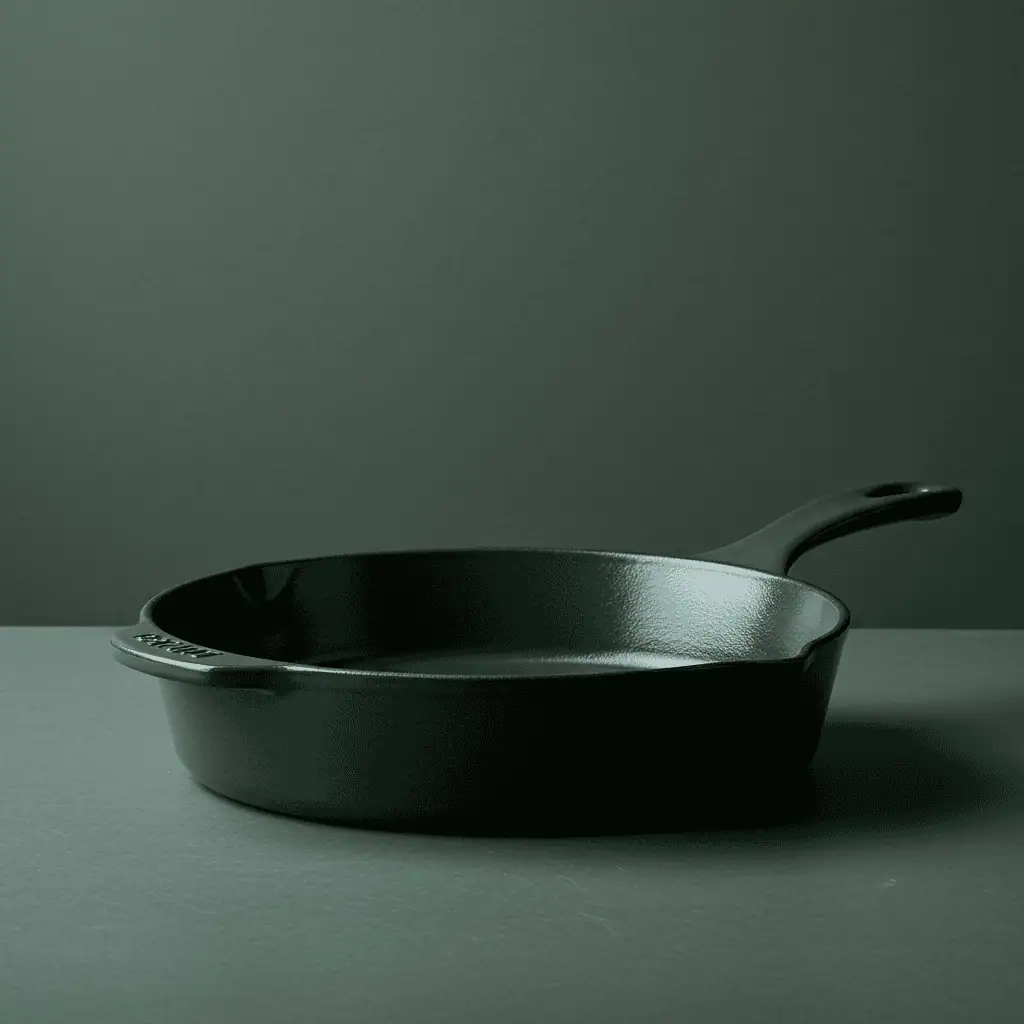
Navigating the Wonderful World of Cookwares
Ever felt like you needed a PhD just to buy a frying pan? Wandering the aisles, bombarded by shiny surfaces – stainless steel, cast iron, non-stick etc. It’s a jungle out there!
Forget the confusion. Let’s slice through the noise. Think of me as your culinary guide, navigating you through the landscape of pots and pans so you can kit out your kitchen with confidence and maybe, just maybe, enjoy the process. 😊
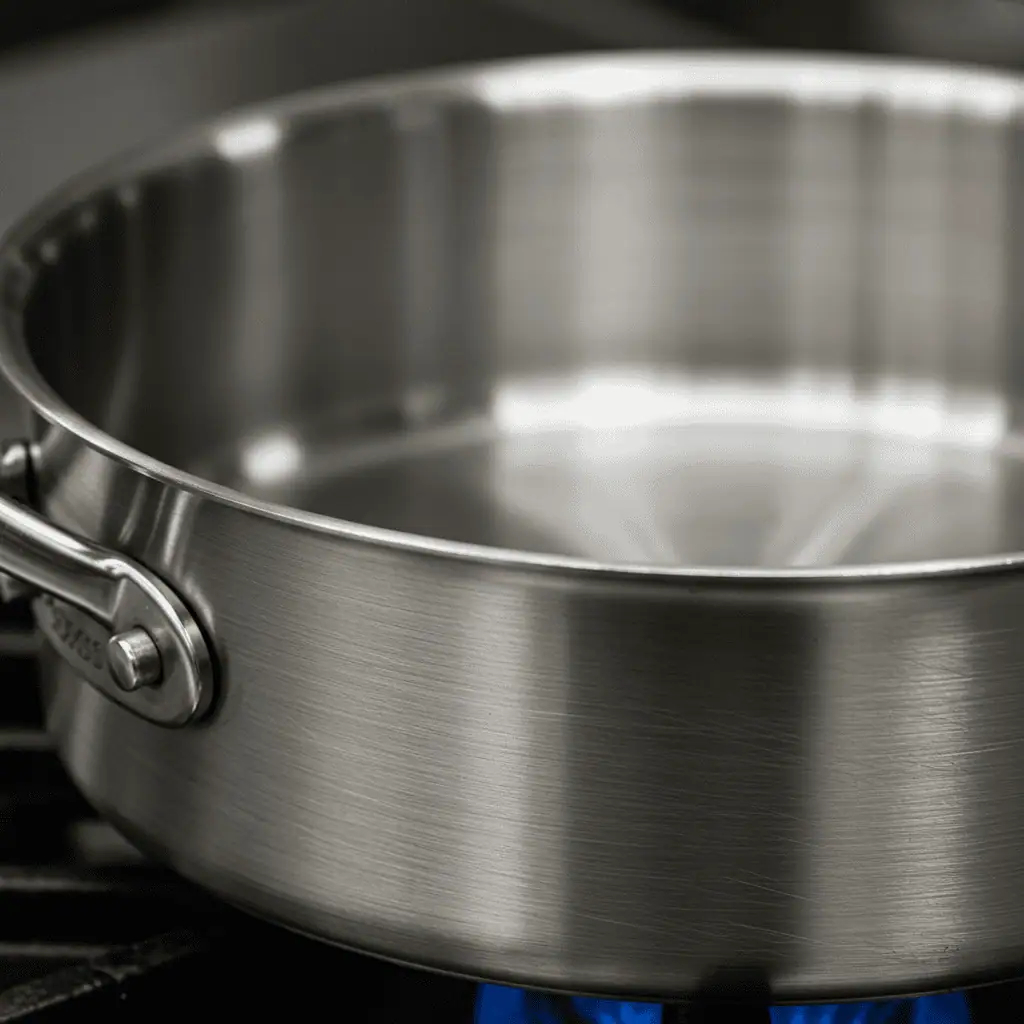
What Really Matters in Cookware?
Before we jump in, let’s get one thing straight: picking a pan isn’t merely about aesthetics (though a good-looking pan doesn’t hurt!). It’s a much more deeper relationship.
How does it react to heat? Is it a clingy partner when it comes to food? How much looking after does it demand? And crucially, will it go the distance or ghost you after a few passionate sessions? Let’s meet the main contenders in this great cookware showdown. Understanding these different varieties of cookwares is key.
Stainless Steel
Ah, stainless steel. The reliable mate in your kitchen shelves. But wait, there’s a plot twist – it comes in different guises!
- Fully Clad: This multi-layered magic means heat spreads like gossip 😏 – fast and even. No more tragically burnt bits next to stubbornly undercooked patches. It’s tough, shrugs off acidic ingredients like tomato sauce, and looks sharp.
Sure, you need to master the heat and oil tango to avoid sticking, but its sheer versatility is legendary. Many consider it among the best cookware for gas stove tops due to its responsiveness.
Wait, there are more options to choose from, so read on.
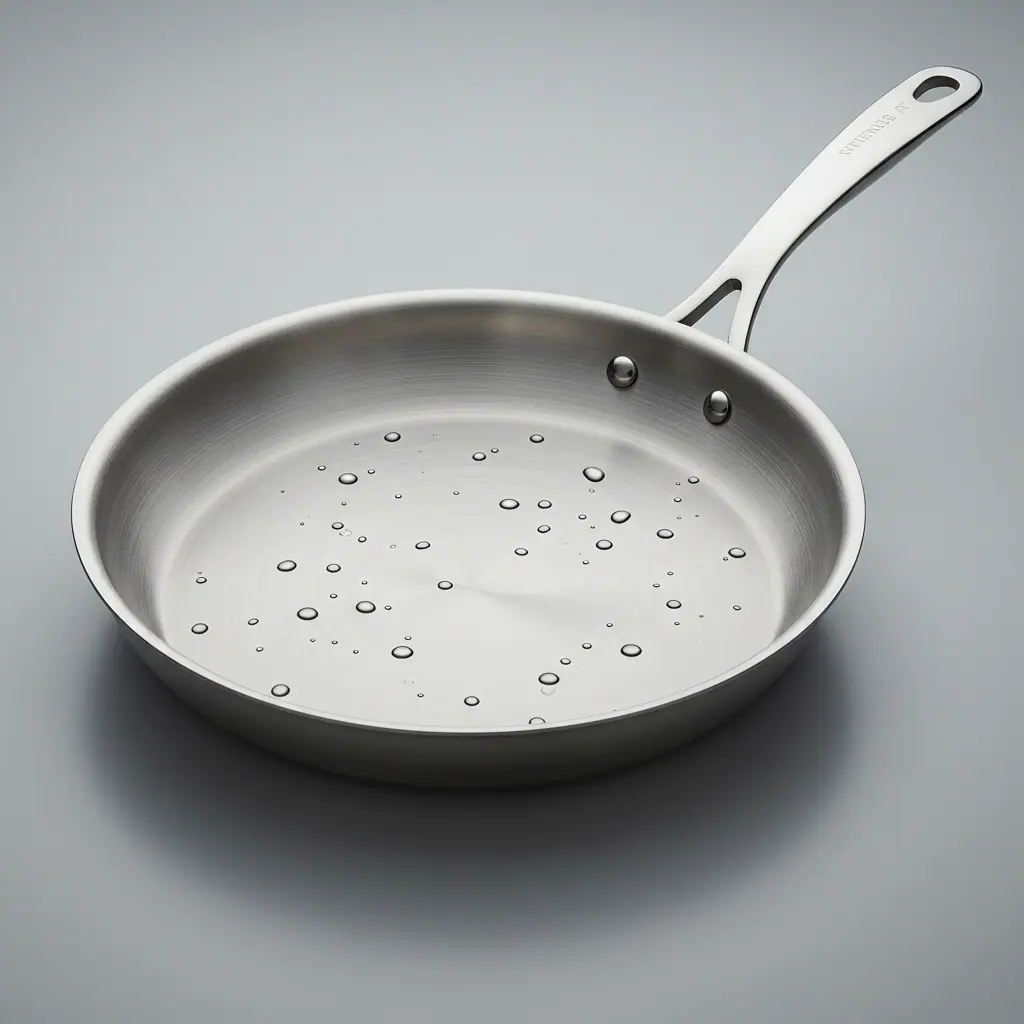
- Impact Bonded: A thick aluminium disc fused to the base gives you good heat conduction from the bottom up, often at a friendlier price point than fully clad. Still a solid choice for many different types of cookware needs.
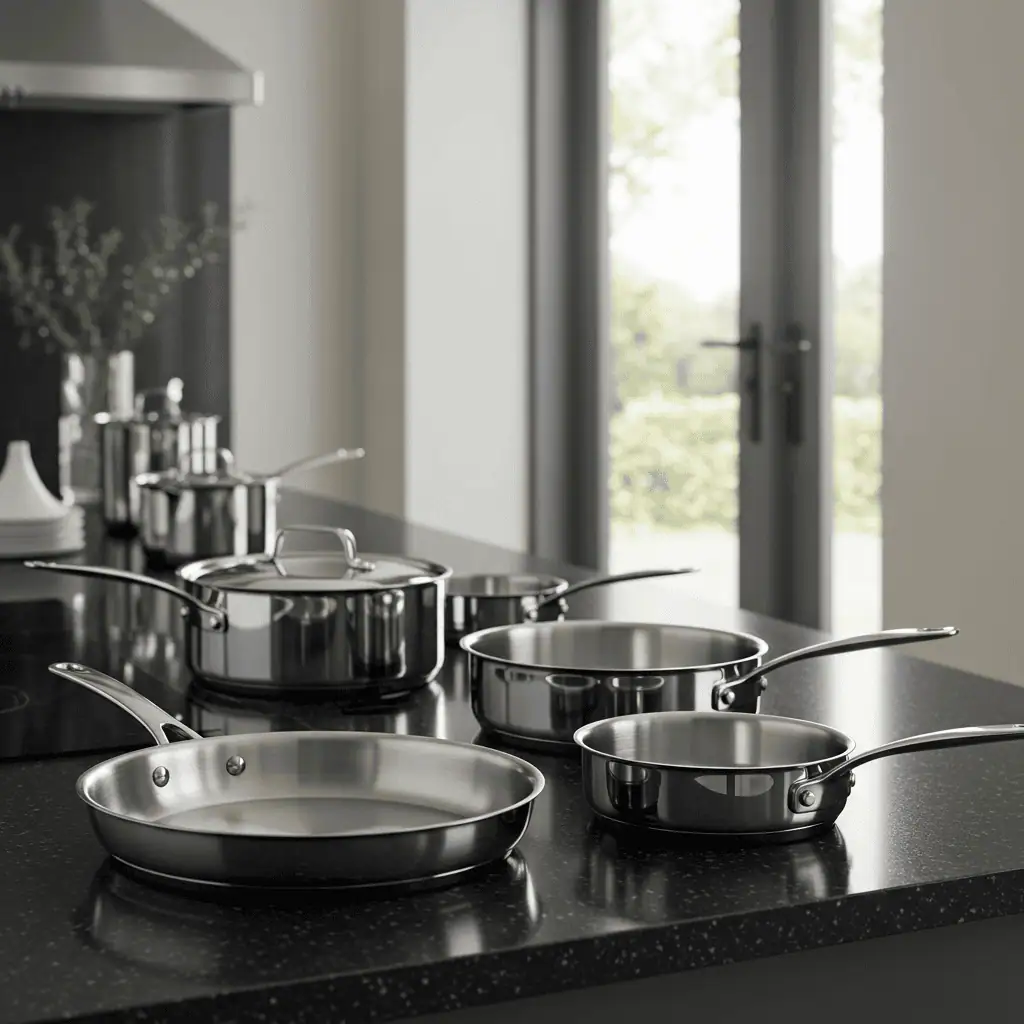
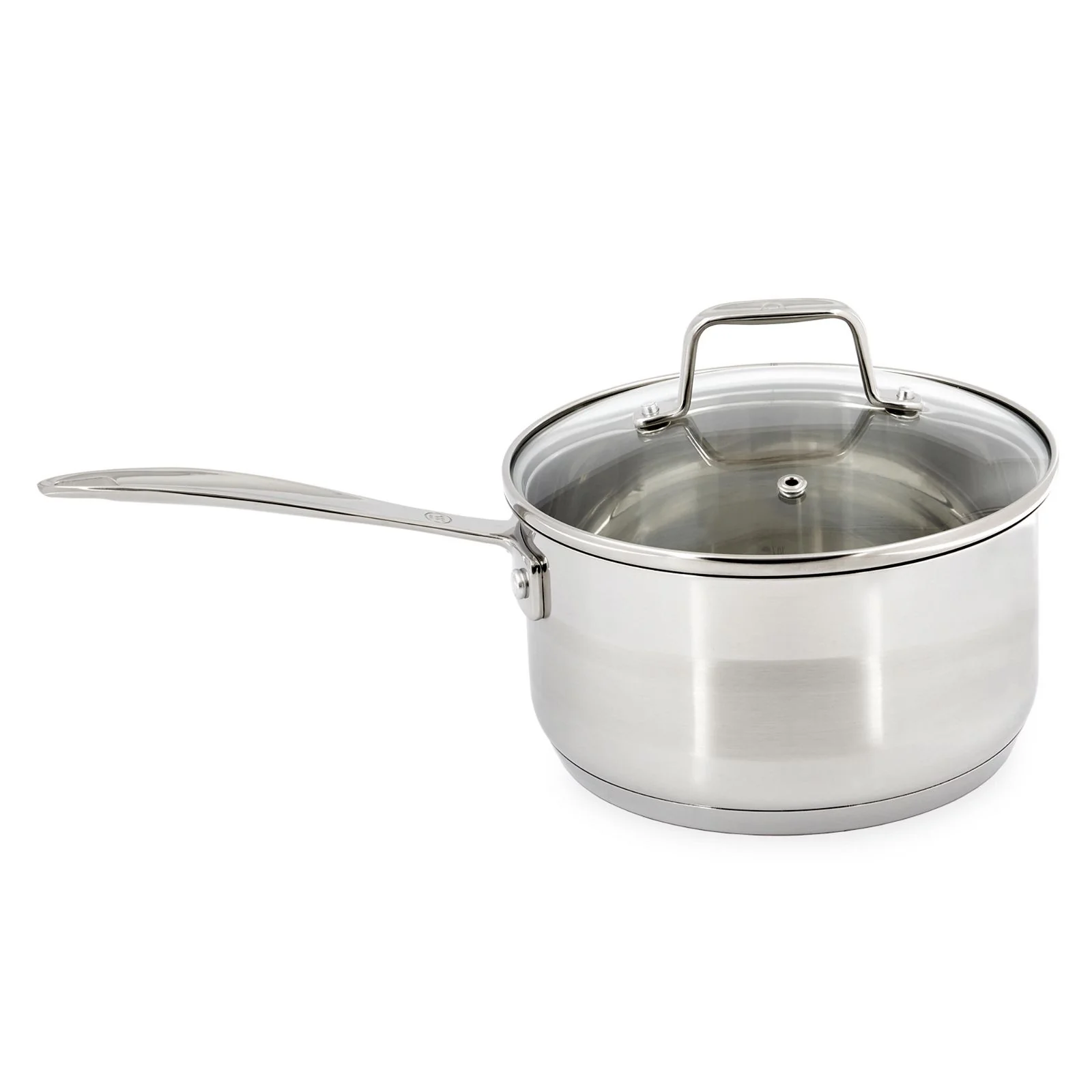
Cast Iron: The Timeless Titan
Heavy, ridiculously durable, and gets better with age – sound familiar?
- Traditional: This is the pan your grandparents probably used, and guess what? It’s still brilliant. Develop that ‘seasoning’ (a natural non-stick layer) with a bit of care, and it rewards you endlessly.
It holds heat like a furnace (retains heat longer), perfect for getting that deep sear on a steak or baking crusty bread. Yes, it needs some love – hand wash, keep dry, oil it up – but treat it right, and it’s practically an heirloom. Definitely one of the best pans for gas stove cooking if you love to cook in high heat.
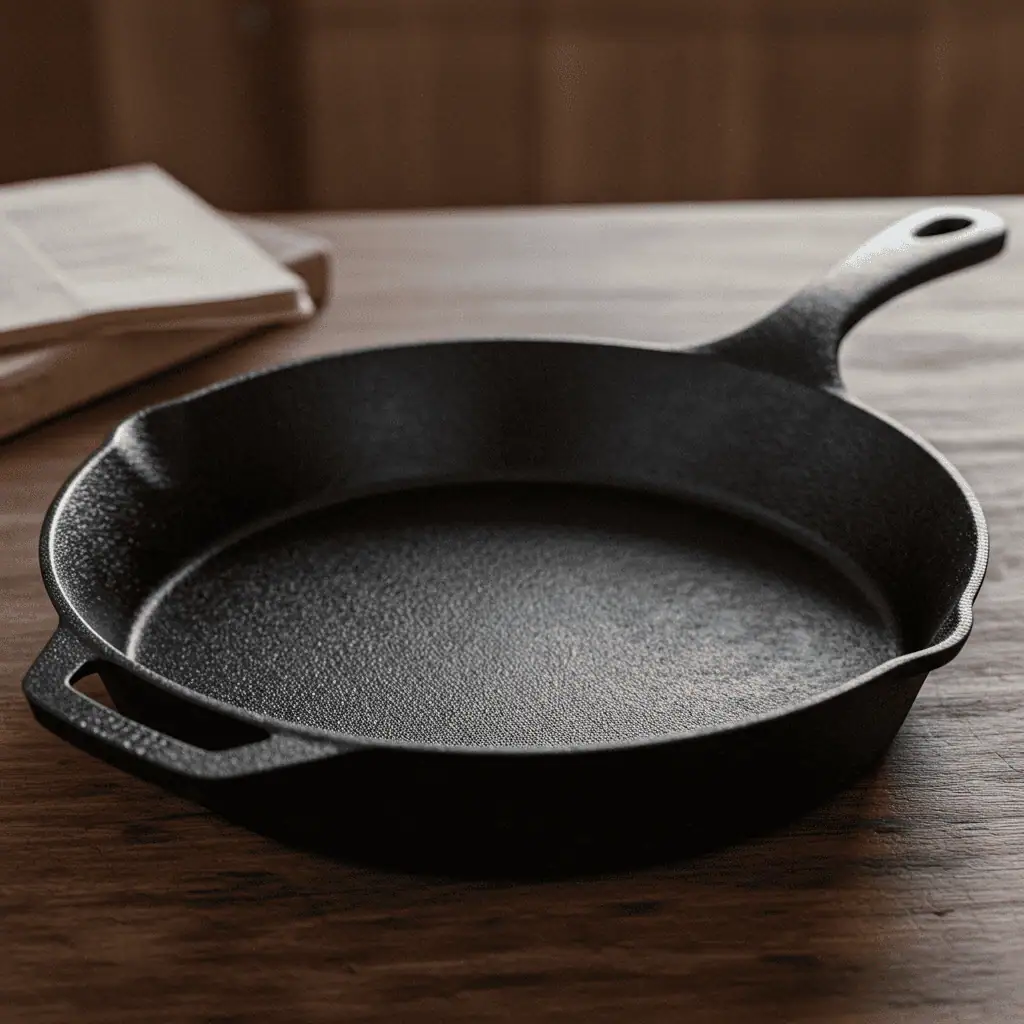
- Enameled: Cast iron’s colourful cousin! Same heat-hugging talent, but wrapped in a smooth enamel coat. This means easier cleaning and no seasoning required. Brilliant for slow-cooked stews and soups (your classic Dutch oven!). Just be gentle – the enamel can chip.
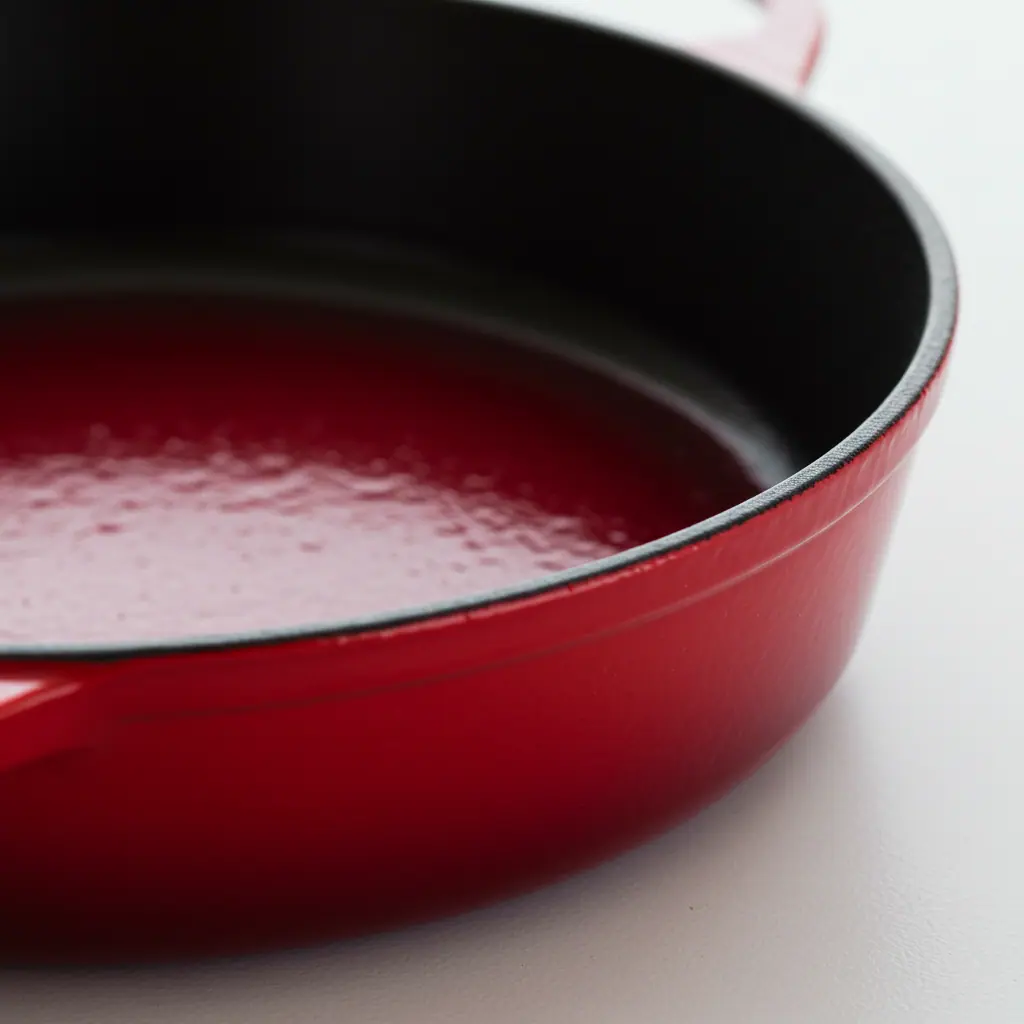
Carbon Steel: The Chef’s Secret Weapon
Lighter than cast iron, heats up like lightning. It also needs seasoning love to build its non-stick creds. Pros adore it for its responsiveness – perfect for whipping up stir-fries or searing scallops.
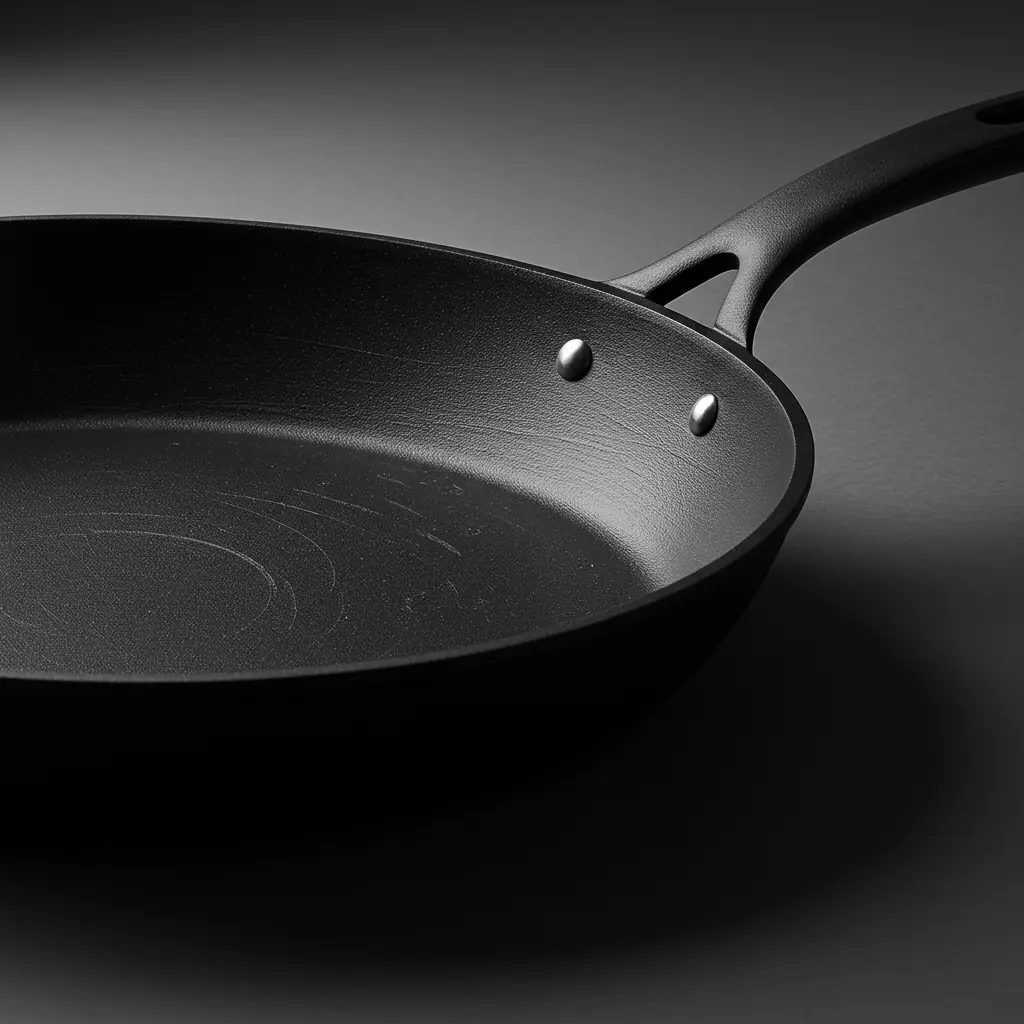
Copper: The Speedy Maestro
The undisputed champion of heat conduction. Copper heats almost instantly and incredibly evenly. Usually lined with tin or stainless steel as copper can be reactive. It’s drop-dead gorgeous, but demands a premium price and regular polishing.
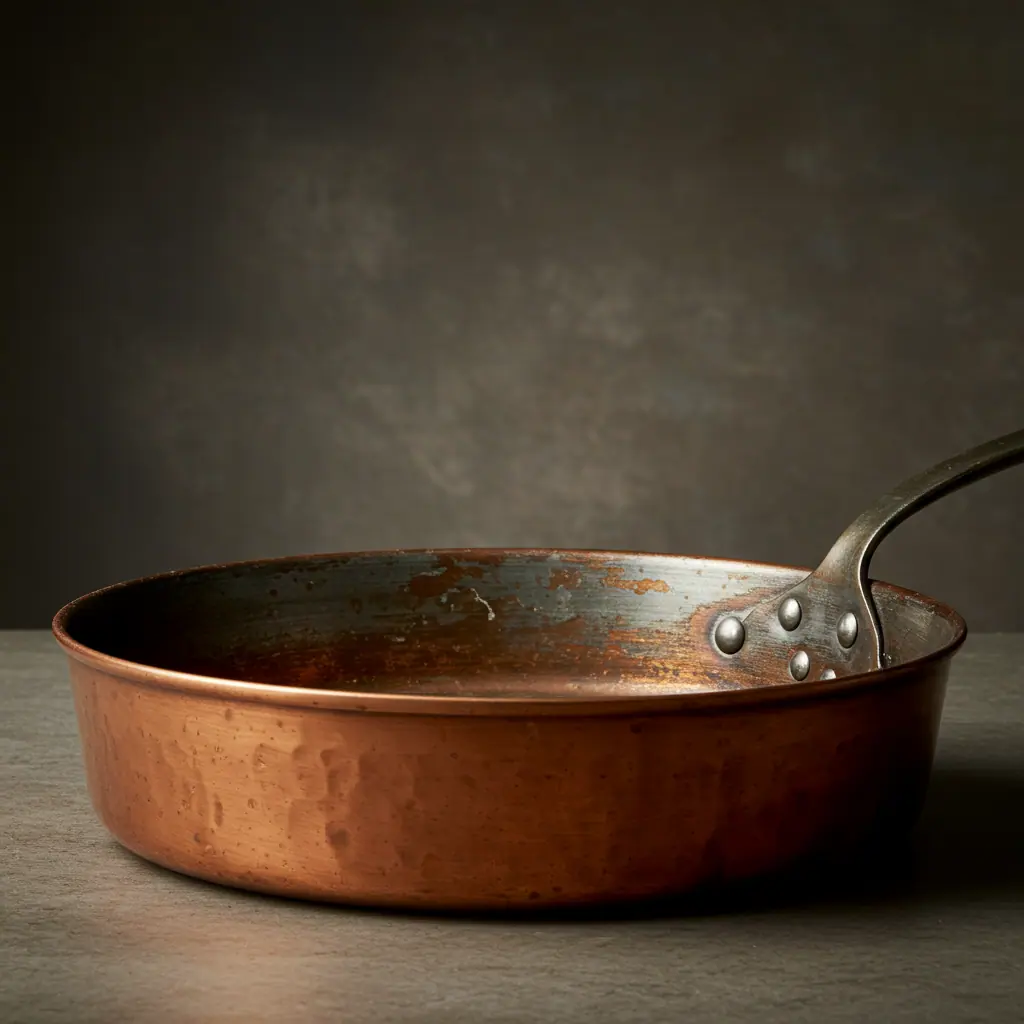
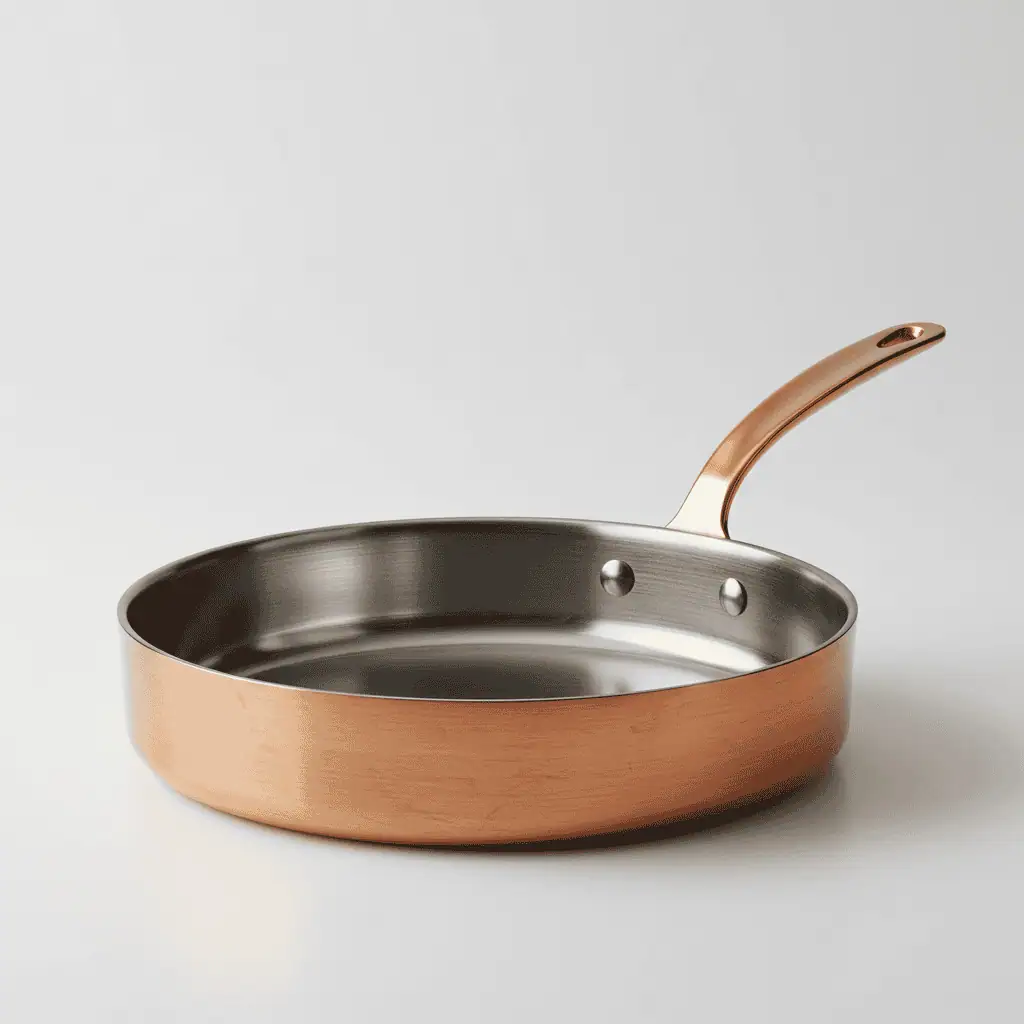
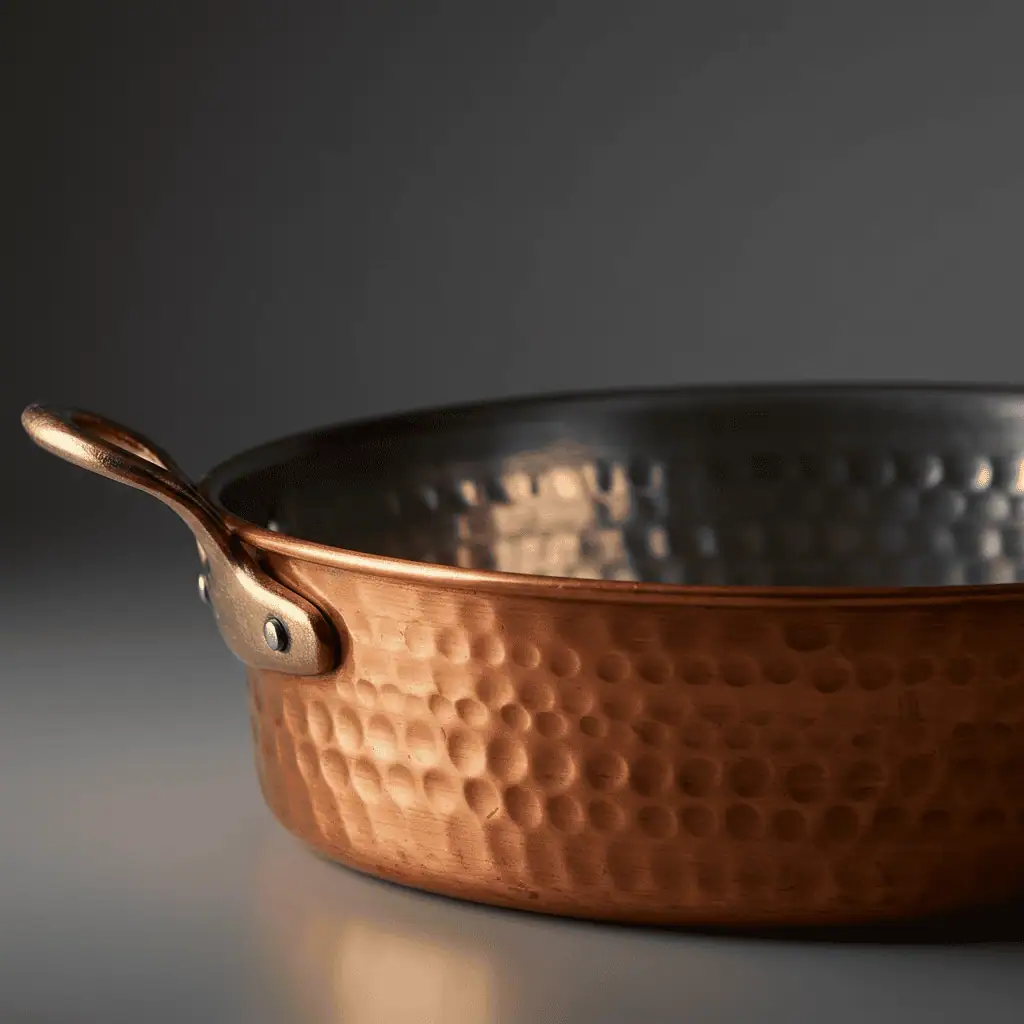
Non-Stick: The Convenience Champion
Eggs sliding around like they’re on an ice rink? Thank non-stick. Perfect for delicate items and cleanup is a doddle. While coatings are better than ever, they don’t last forever. Avoid metal tools and scorching heat to keep them happy. When considering stainless steel vs non stick, the ease of use here is undeniable, but durability often tips towards stainless steel.
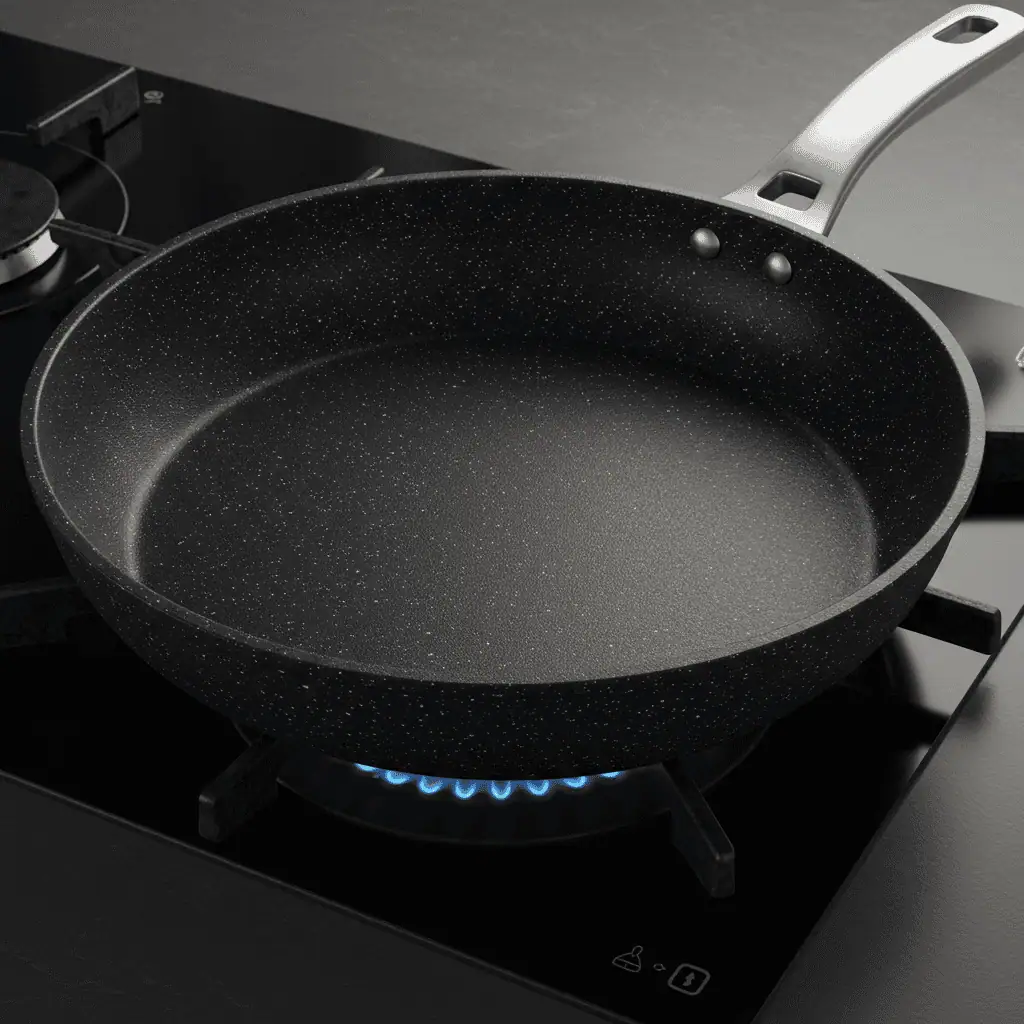
So, which is better, nonstick or stainless steel? It depends entirely on the job! For scrambled eggs, non-stick wins; For a hard sear, stainless steel takes the crown.

Building Your Essential Cookware Set
You don’t need one of everything! Start smart. Build your core toolkit:
- A great Stainless Steel Skillet: Your go-to for almost everything.
- A Non-Stick Skillet: For those ‘please don’t stick’ moments (hello, omelettes!).
- A Stockpot/Dutch Oven: For bubbling stews, soups, and pasta.
- A Saucepan: For sauces, boiling, reheating – the basics.
Matching the Cookware to You
Ultimately, choosing the right types of cookware boils down to your cooking style, your patience for upkeep, and your budget. Whether you crave the searing power of cast iron, the reliable performance of stainless steel, or the sheer ease of non-stick, understanding their personalities is the first step to a smart kitchen.
FAQ
Discover more from The Kitchen Code
Subscribe to get the latest posts sent to your email.







